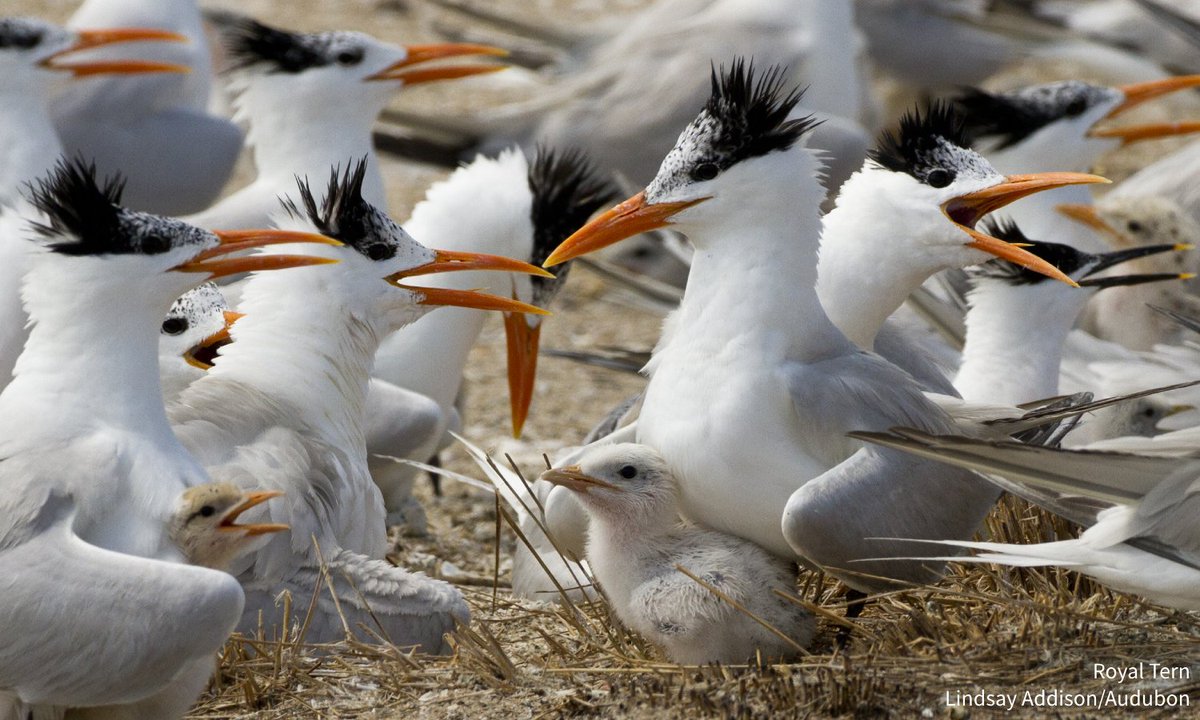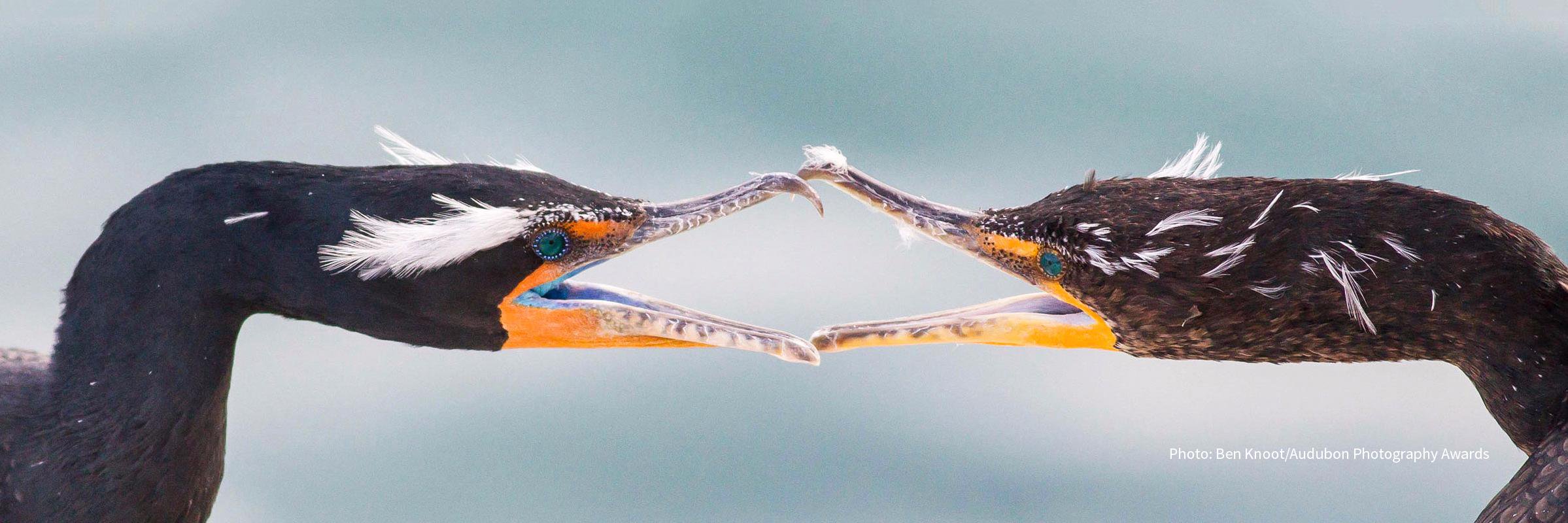
Audubon Society
@audubonsociety
Still tweeting. Audubon protects birds and the places they need, today and tomorrow.
For over a century, the Migratory Bird Treaty Act has provided the foundation for our country’s bird conservation efforts. Take action to safeguard the MBTA for the future—Urge Congress to support the Migratory Bird Protection Act: bit.ly/4llSrRA

After an inspiring pigeon encounter with her son, a mother discovered a new appreciation for birds and the everyday wonders around us. Here she writes about the moment—and what we gain by looking for beauty and joy everywhere. audubon.org/magazine/what-…
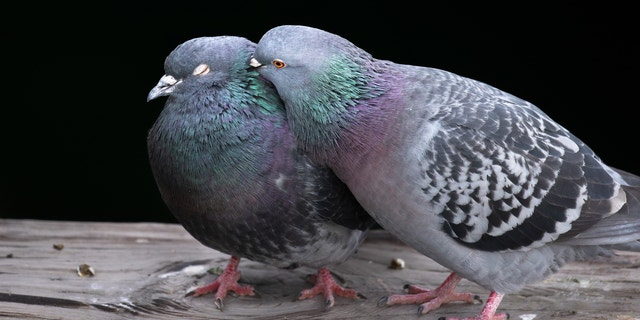
True crime meets ornithology in the story of Roxie Laybourne, the world’s first forensic ornithologist. See six objects that encapsulate her groundbreaking career—uncovered during research for a new biography, out today. audubon.org/magazine/feath…
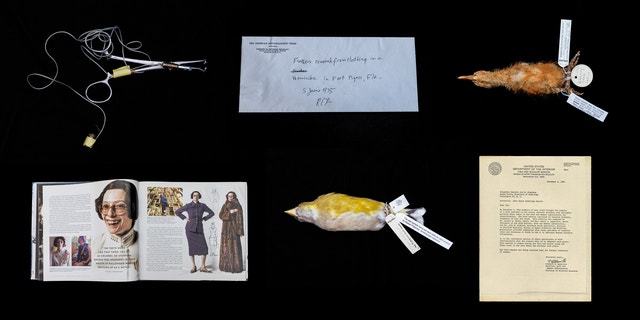
This year, @RoweSanctuary hosted a social for the America’s Grasslands Conference, organized biennially by @NWF, connecting researchers, conservation practitioners, and grasslands advocates. Learn more: bit.ly/3GDwzCq

The Cape Sable Seaside Sparrow lives only in an extremely small range in the Everglades. As their home changes, @AudubonFL is working to connect experts, regulators, and land managers to protect this unique bird. fl.audubon.org/news/cape-sabl…
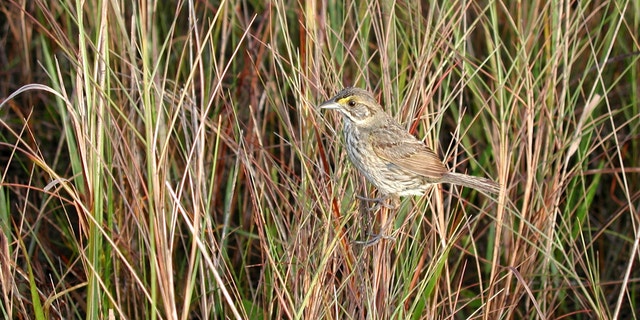
If you see a gull mid-bite, snap and upload a pic to this new community science project to help researchers learn about the impacts these birds' diverse—and weird—diets are having on their populations around the world. audubon.org/magazine/resea…
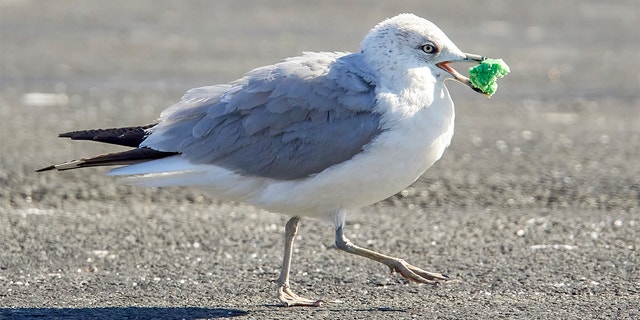
Grassland species are among the most imperiled groups of birds in the U.S. Audubon's North American Grasslands & Birds Report highlights the best practices needed to protect these species from climate change and disappearing habitat. bit.ly/3GK7lCl #BirdsTellUs
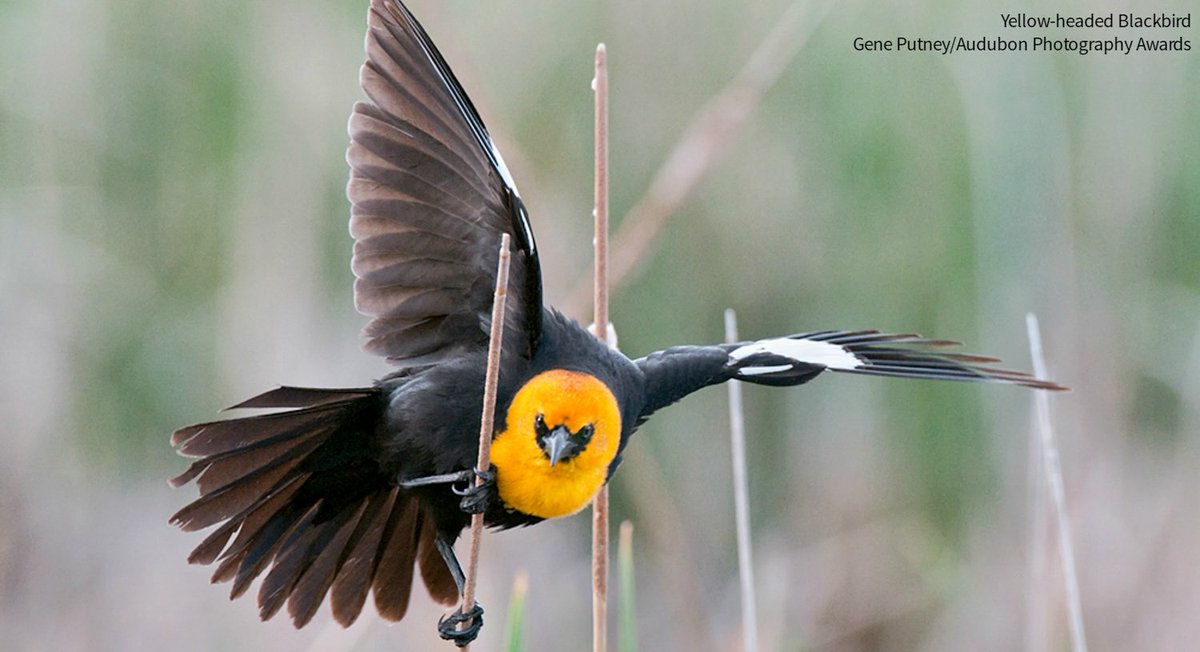
New York-born artist Marthalicia Matarrita selected the Gray Hawk as the subject of this mural, part of the #AudubonMuralProject. #BirdsTellUs to act on climate—the Gray Hawk included—which may lose over half of its winter habitat if warming continues. audubon.org/news/gray-hawk…
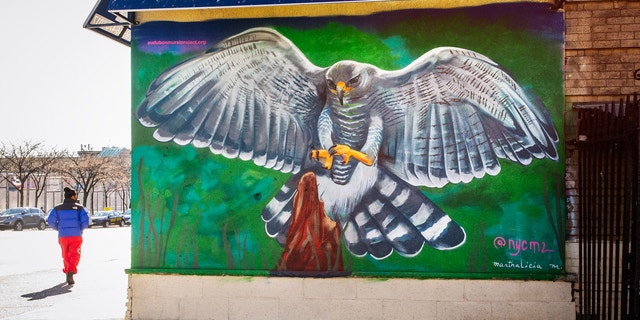
A new wildlife action plan by @NCWildlife gives a comprehensive look at the actions needed to protect North Carolina’s habitat & species. This plan will play a foundational role in guiding the state’s conservation efforts over the next decade. Learn more from @AudubonNC:…
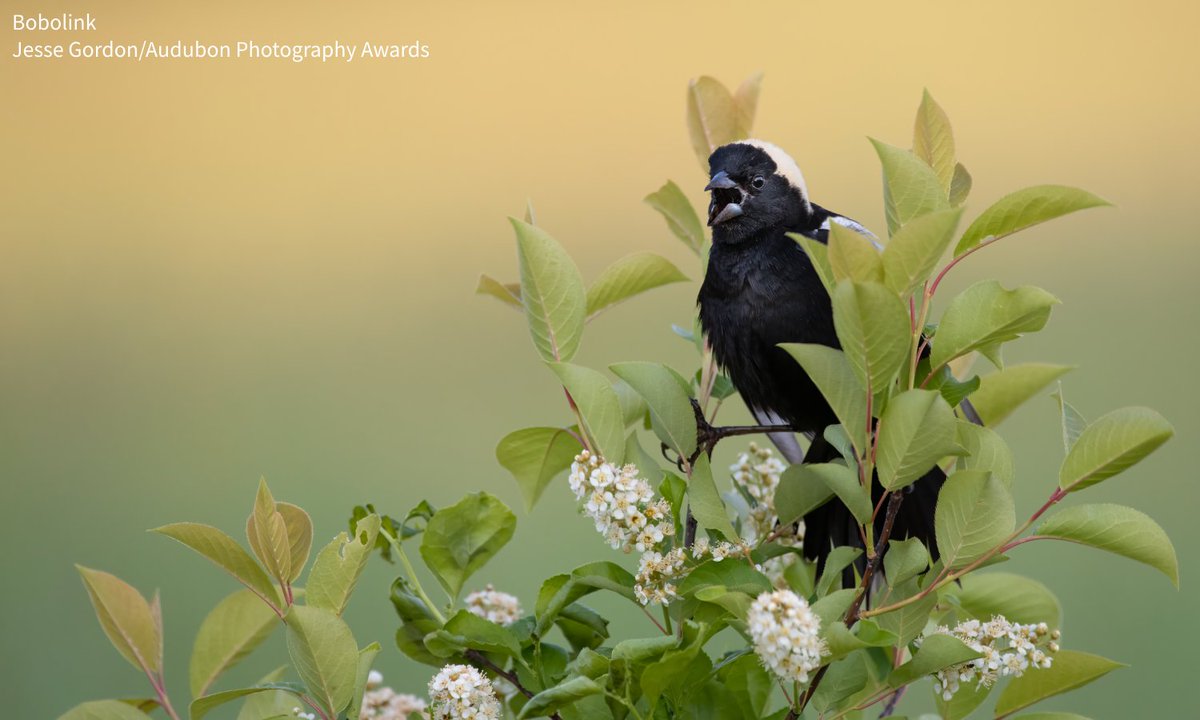
Celebrated on stage and screen, actor and birder Lili Taylor’s new act is a memoir-in-essays about falling in love with the avian world. audubon.org/magazine/lili-…
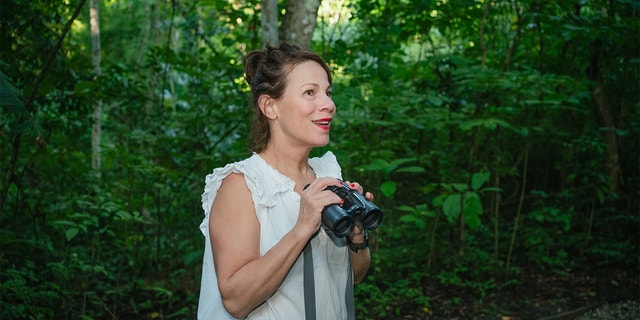
Audubon’s work on the ground is bolstered by the lands we steward for wildlife, research, and education. Read about three nature preserves managed by Audubon chapters in Florida established to protect species like the Swainson’s Warbler. bit.ly/3TJF6Xj @AudubonFL
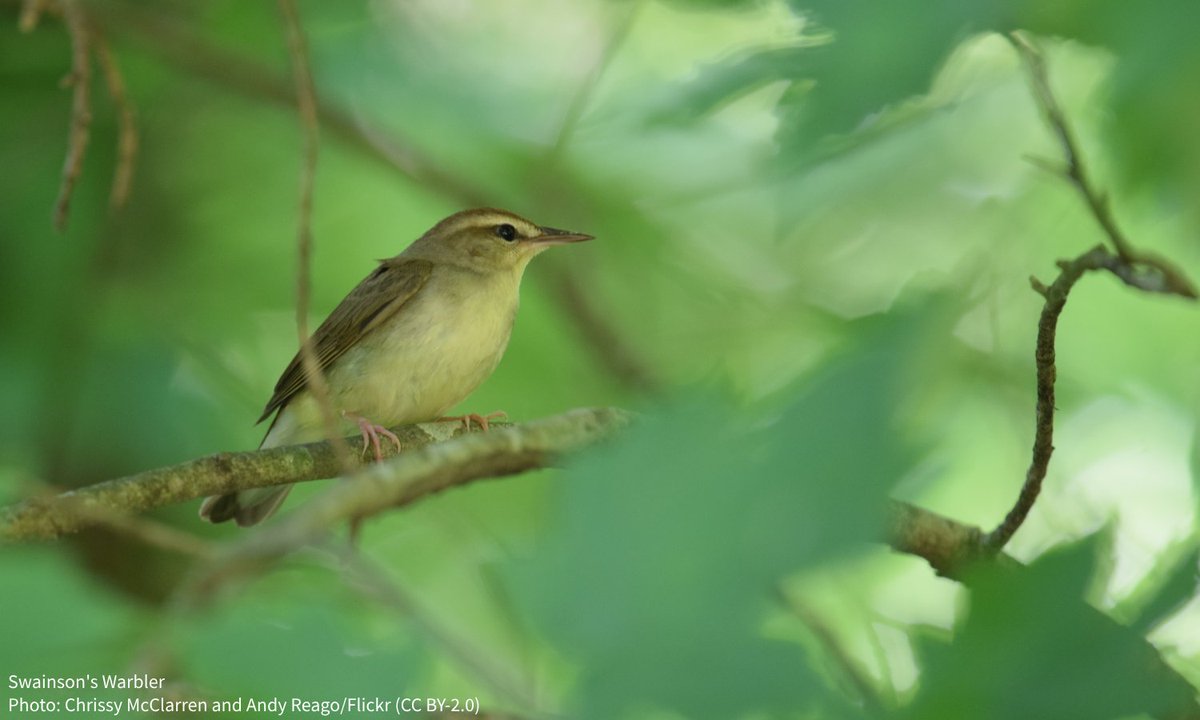
The Chesapeake Bay is home to the largest breeding population of Ospreys on the planet, but these birds face a big problem—the overfishing of menhaden, one of the most commercially important fish on Earth. bit.ly/44cS1qR
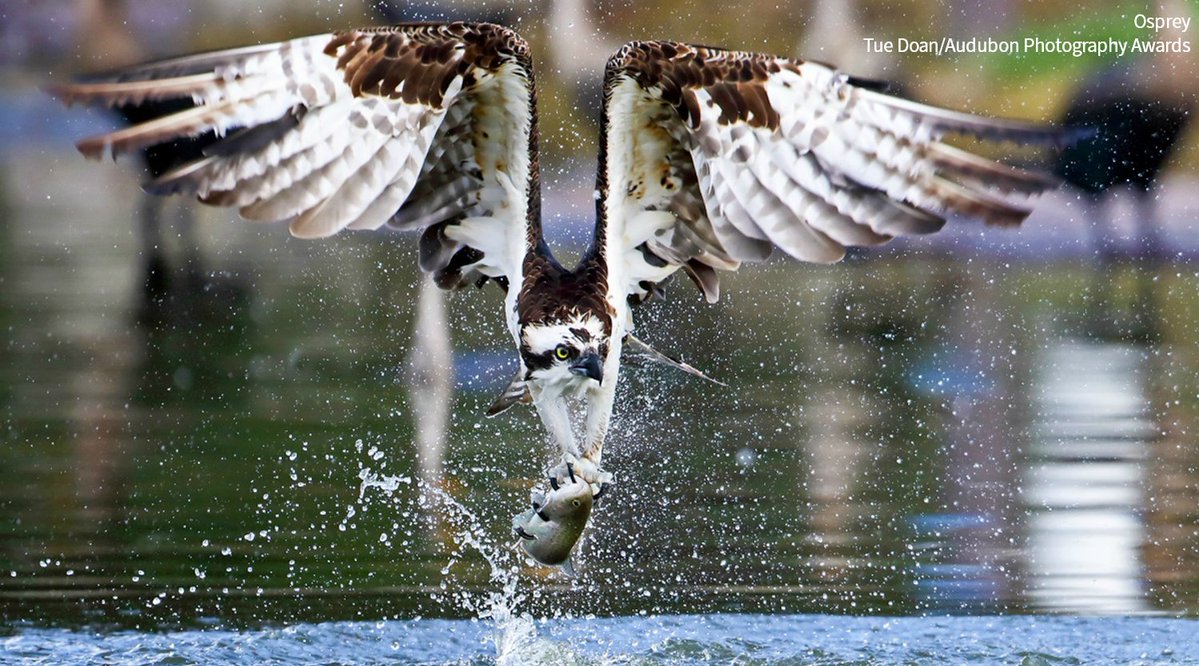
This distinctive shorebird was disappearing from its coast-hugging habitats. So a network of conservationists bet big on a business plan to turn its fate around—and won. bit.ly/44QMPbi
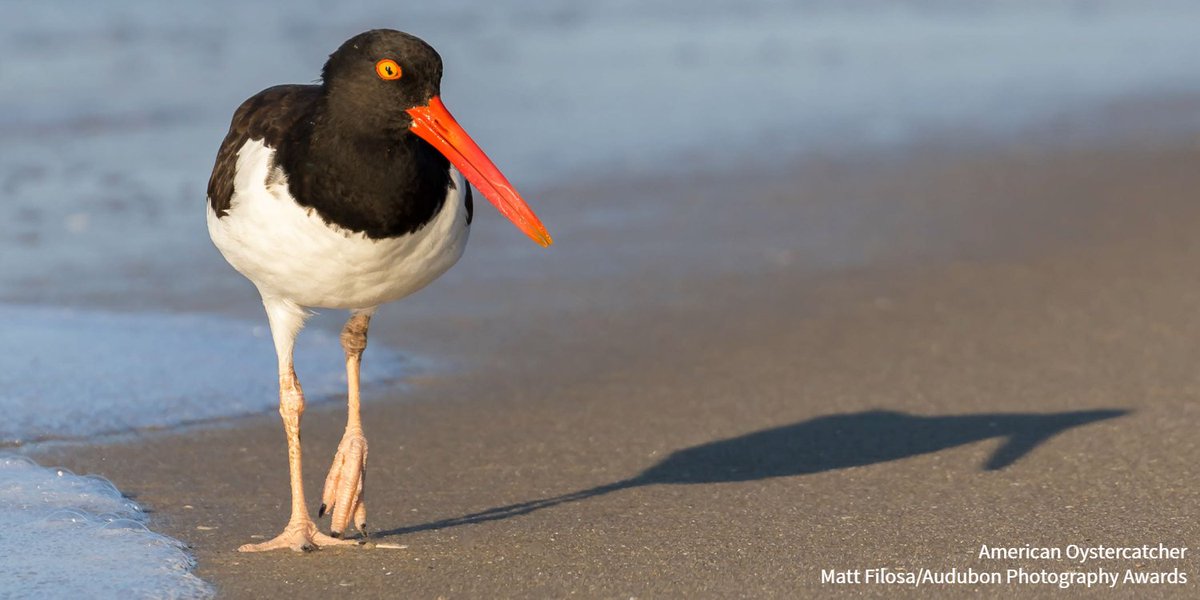
Great Shearwaters spend most of their lives at sea, using their long straight wings to glide over cresting ocean waves. The open ocean is a challenging place to make a living, so they’ve been known to take all the help they can get—trailing large whales or even fishing boats in…

Have you ever seen a banded bird—with a small metal or plastic bracelet around their leg? Bands are helpful research tools that have been used in bird conservation for centuries. Learn how @AudubonFL uses banding to better understand & protect shorebirds. fl.audubon.org/news/bird-band…
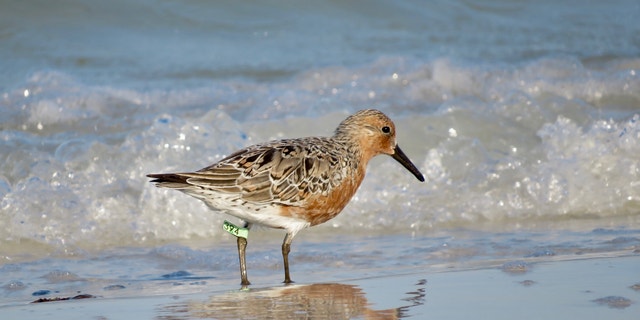
Our #PlantsForBirds database makes growing native plants easy! Use your zip code to find native plants best fit for your area and your local birds: bit.ly/452pBzY
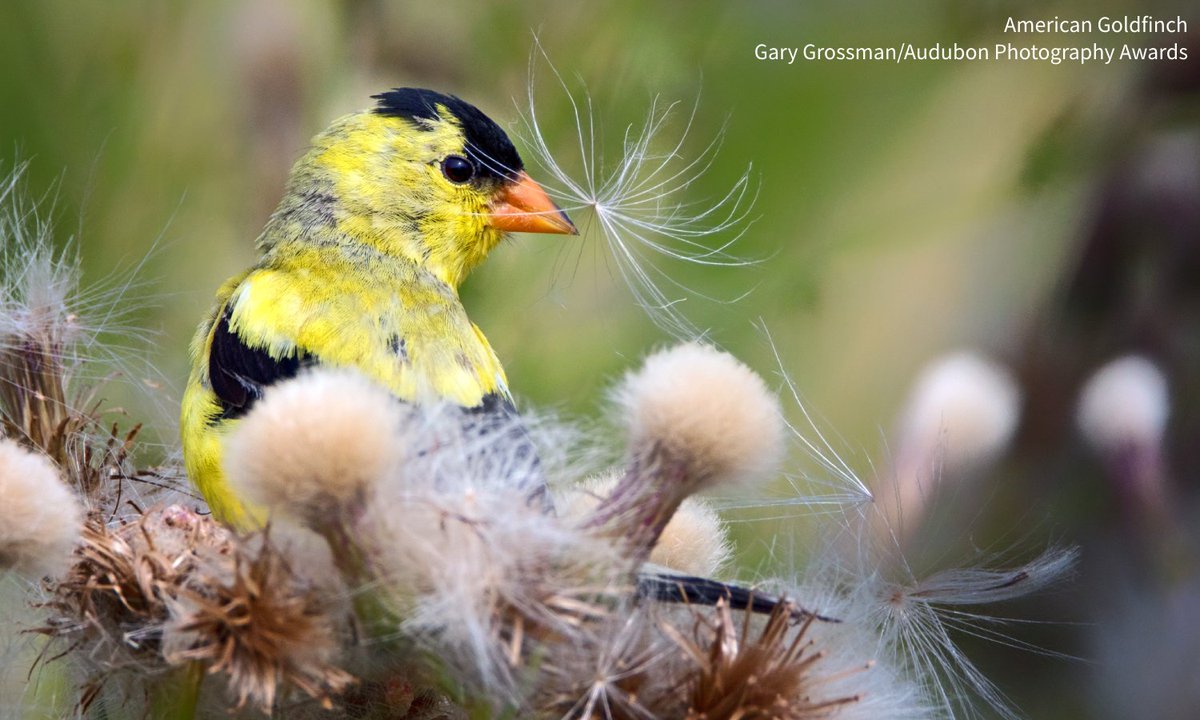
For Wood Storks, water level can be the difference between life & death—too low, & fish can’t grow fast enough to support the storks, too high, & catching those fish becomes impossible. Read about how @AudubonFL is stabilizing water levels for these birds. bit.ly/40VBqWa
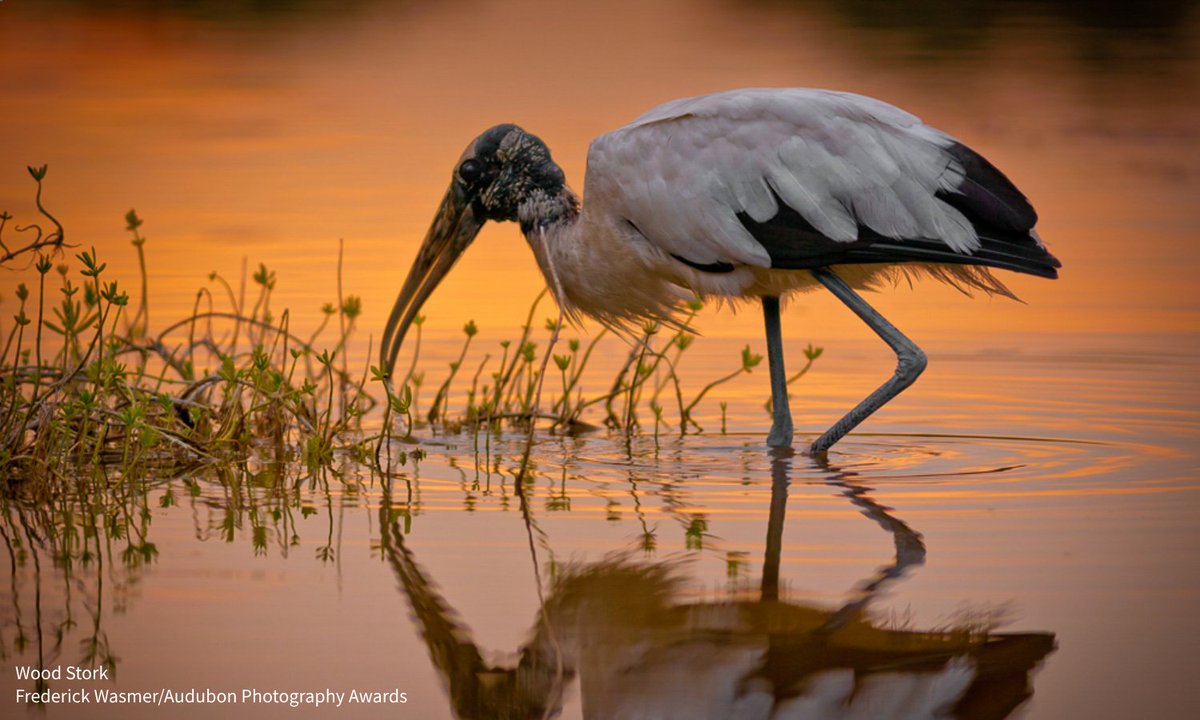
From mailboxes to gutters, birds can choose inconvenient or silly—and sometimes dangerous—places to nest. But what can you do? @Audubon_GL has put together a helpful guide with #BirdFriendly actions you can take when birds nest in “bad locations.” bit.ly/44KzgKb
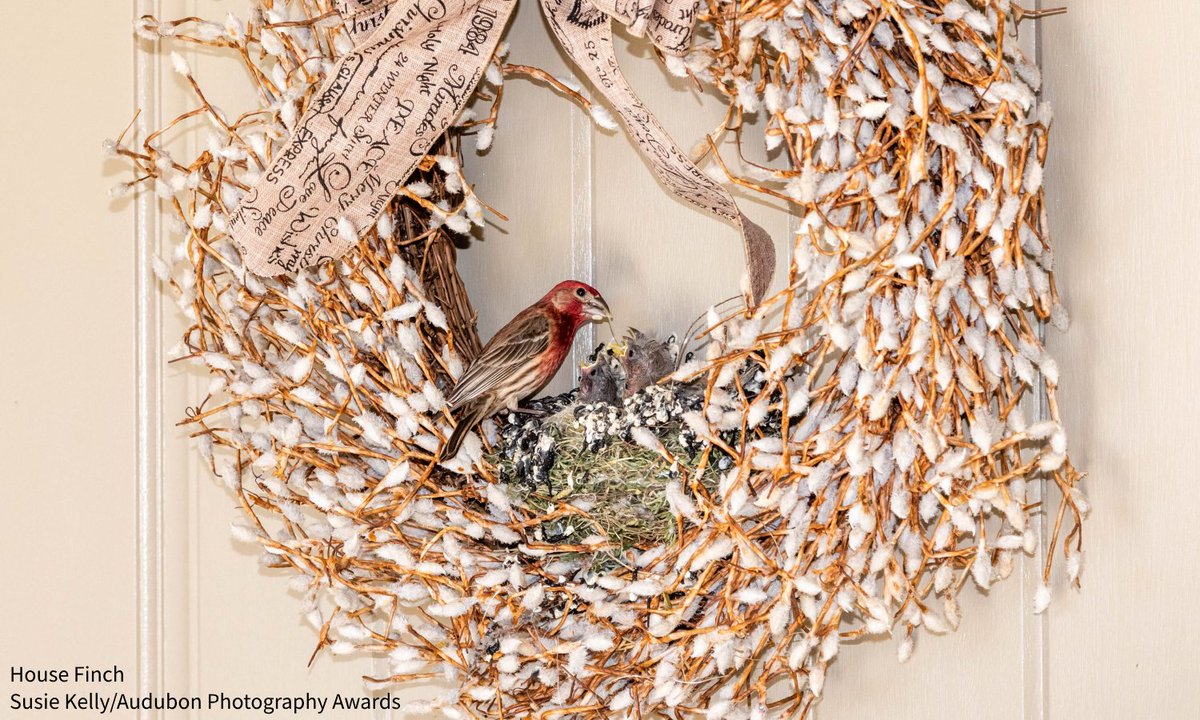
It’s summer again, which means that, for some birds, it’s time to start fall migration. No, really! For certain species, southward migration can begin as early as mid-June. Read how—and why—some birds begin their return trips so early: bit.ly/3IMtkcf
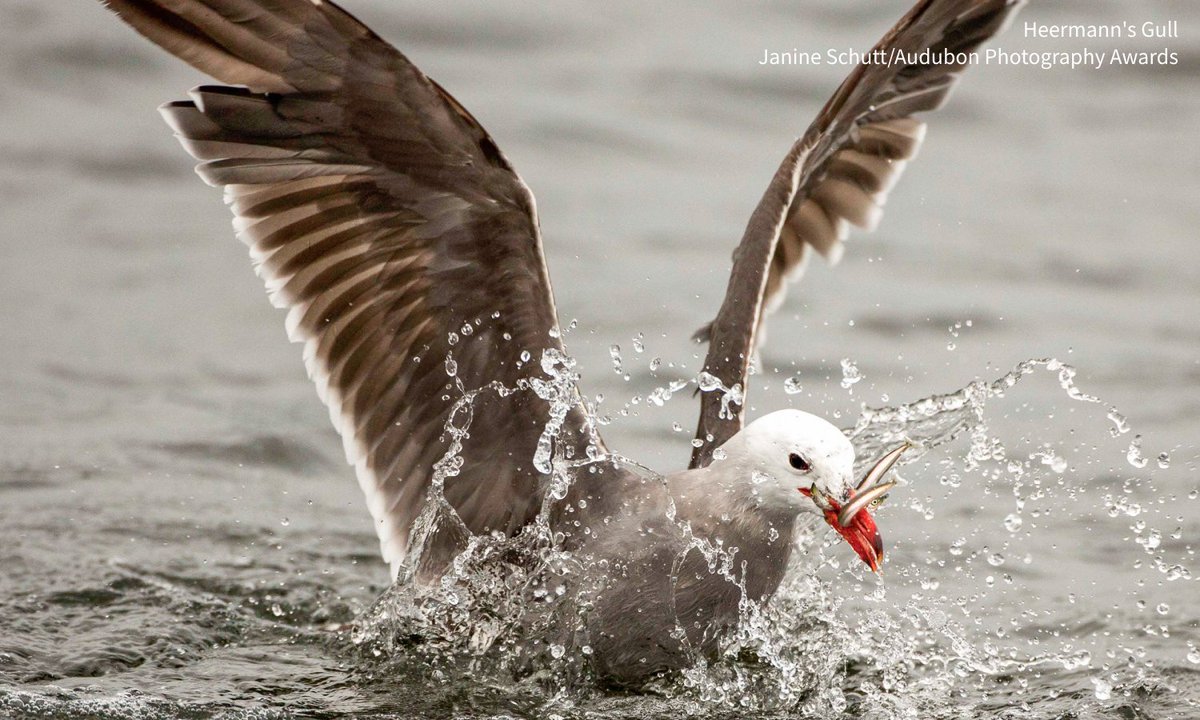
Although humanity’s footprint looms large over North Carolina’s Cape Fear River, it remains a biodiversity stronghold—especially for birds. Explore this important habitat with this story map from @AudubonNC: bit.ly/4kq6tli
